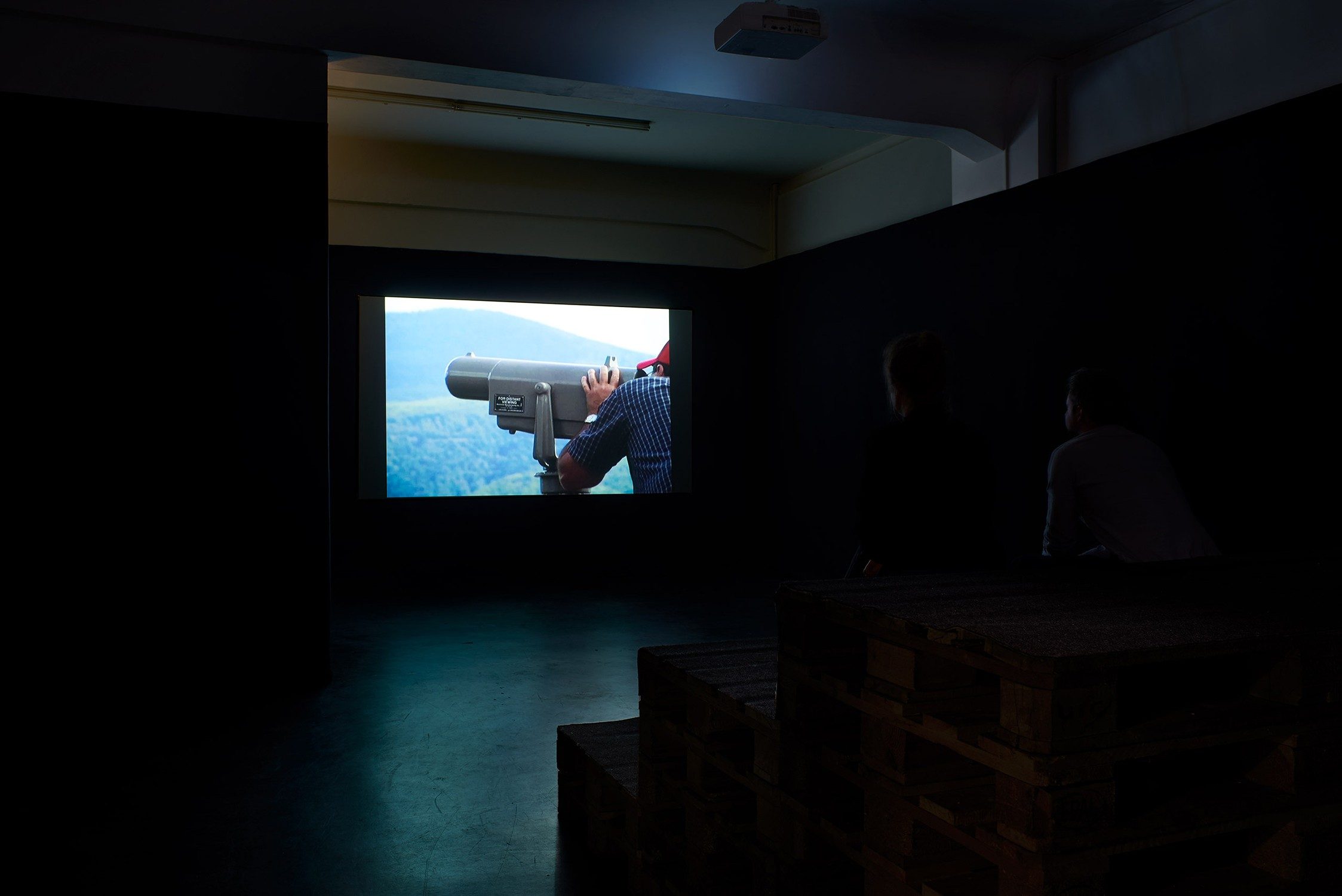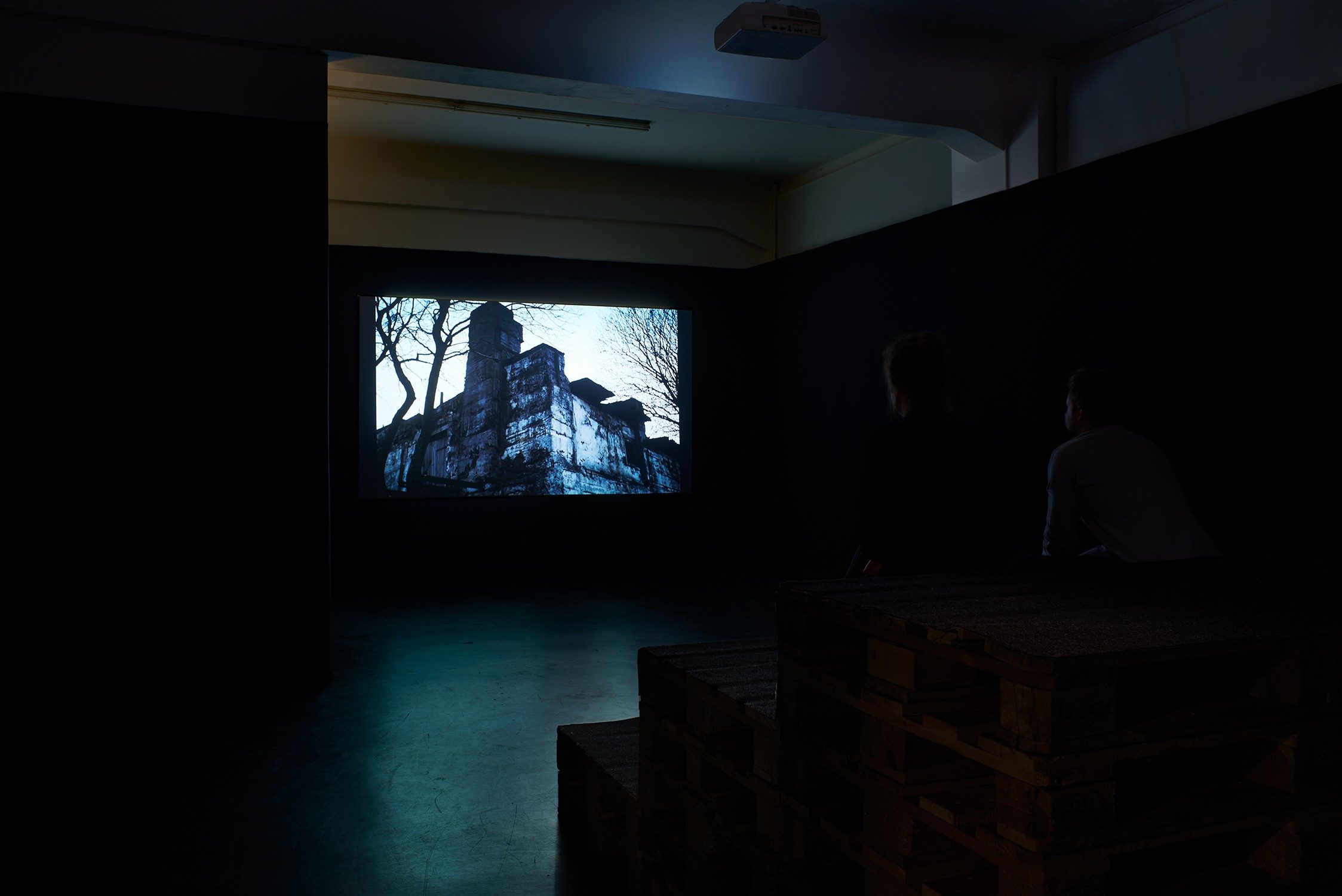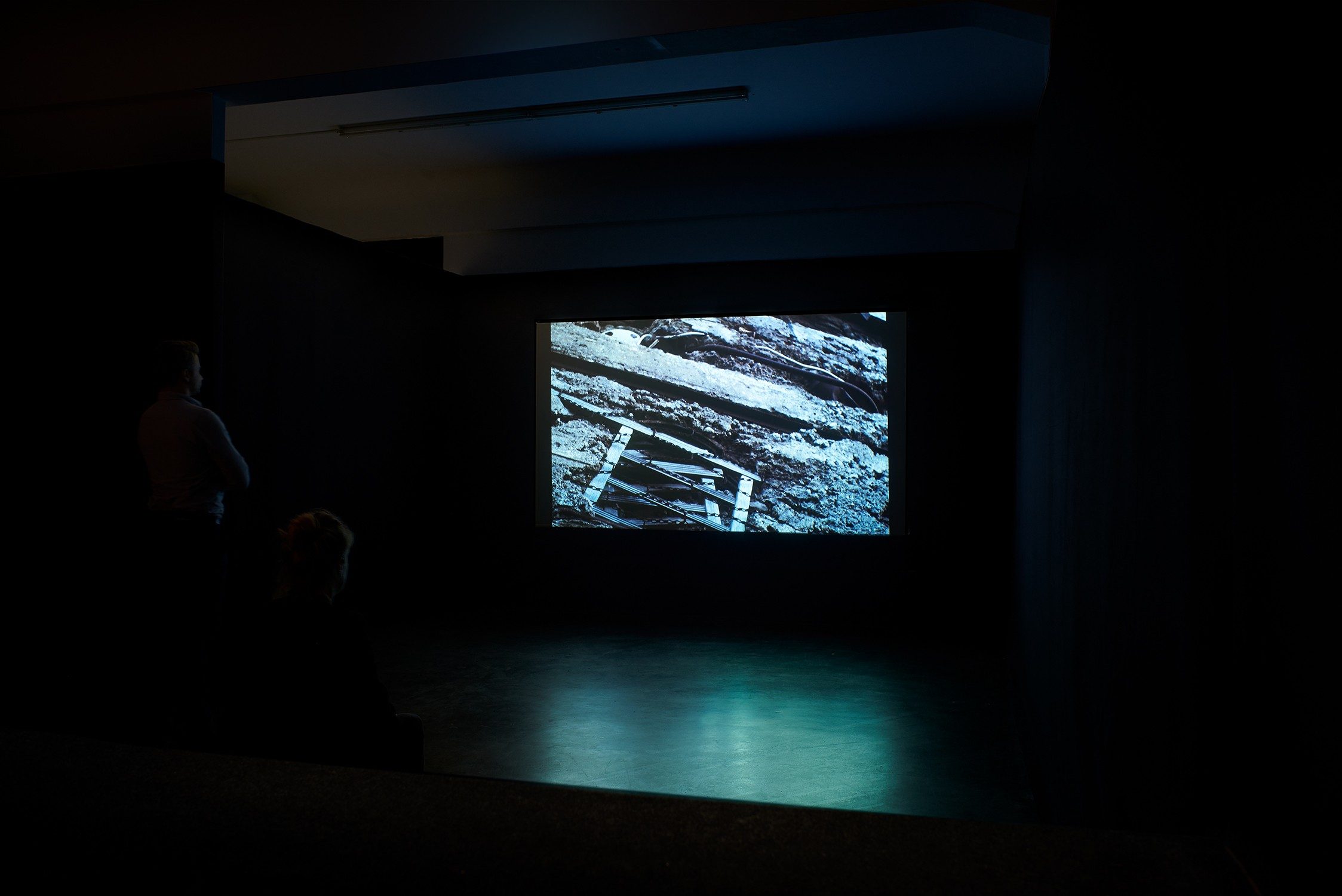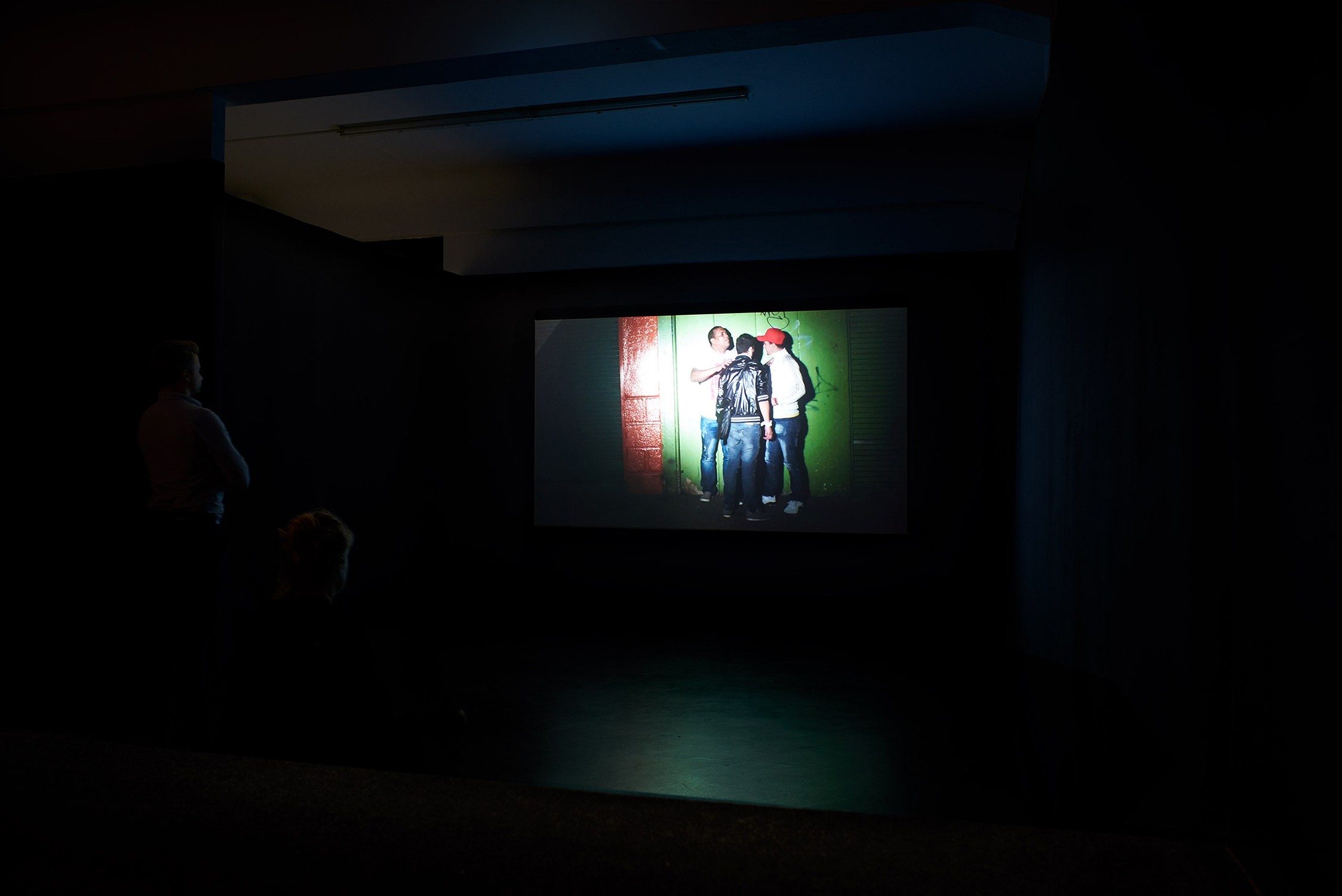





Colin Snapp
Panorama speaks most clearly to the themes of a disconnected experience in nature. A single-channel video of 37 minutes, the work examines tourists entering and passing through the recognizable wildlife of the Pacific North-West of America’s national parks. We see the walkways working to keep the tourist from their emersion in awe-inspiring nature, yet automatically and almost as if a requirement, the tourists add another partition by placing a screen between themselves and their enviroment. As such they have inadvertently reduced a 360 degree vantage point to no-more-than a 10 centimetre wide LCD display.
John Skoog
Set in the flat farmlands of south Sweden, Reduit (Redoubt) presents a portrait of local farm-worker Karl-Göran Persson through the decaying residues of his legacy. In the 1940s Persson, fearing a cold-war Russian invasion into Sweden, sought to turn his family home into a garrison where he and the people in the village could find refuge. Persson reinforced the building, once a traditional Swedish farmhouse, with an array of discarded metal. His fixation on constructing the fortress became his life work – he lived alone in the house and continued its reconstruction until his death in 1975. It now stands as a massive concrete slab in the middle of a field, a half-ruin weathered by neglect. Fragments of various stories about Persson and the fortress, collected by Skoog, are re-told as the camera circles the fortress, “scanning” its exterior walls in one continuous tracking shot.
With the video work John Skoog won the Baloise Art Award at Art Basel in 2014. Afterwards the work was on view at the mumok in Vienna and the MMK in Frankfurt.
Julius von Bismarck
Calle 22 is Julius von Bismarck’s documentation of the street of the same name in Bogota, Colombia. With a high-speed camera and a spotlight he shoots over 2500 frames per second during a car ride at high speed along the southern side of Calle 22 at night, thus capturing the varied life on the road with a powerful light. As this leads from the prosperous parts of the city to the poor quarters, he presents the urban development in a very small space and reflects the political process of a city based on one road. Von Bismarck questions the outside gaze on the social strata of another country by capturing images in slow motion, that seem to show an almost frozen scenery. Since the camera captures the street in one continuous tracking shot, there is no possibility for selection. Von Bismarck refers to Western photography in poorer countries, which lures to trigger a certain emotion or reaction of the viewer by selecting their motifs. The spotlight produces an aggressive interference in the private life of the local people as it is often the case with Western reports of other cultures. Through the fast drive of the pickup and the conical light of the spotlight, individual scenes are focused and the people of Bogota portrayed as if by accident, because until they have realized the moment of the shot, the camera is already ahead.